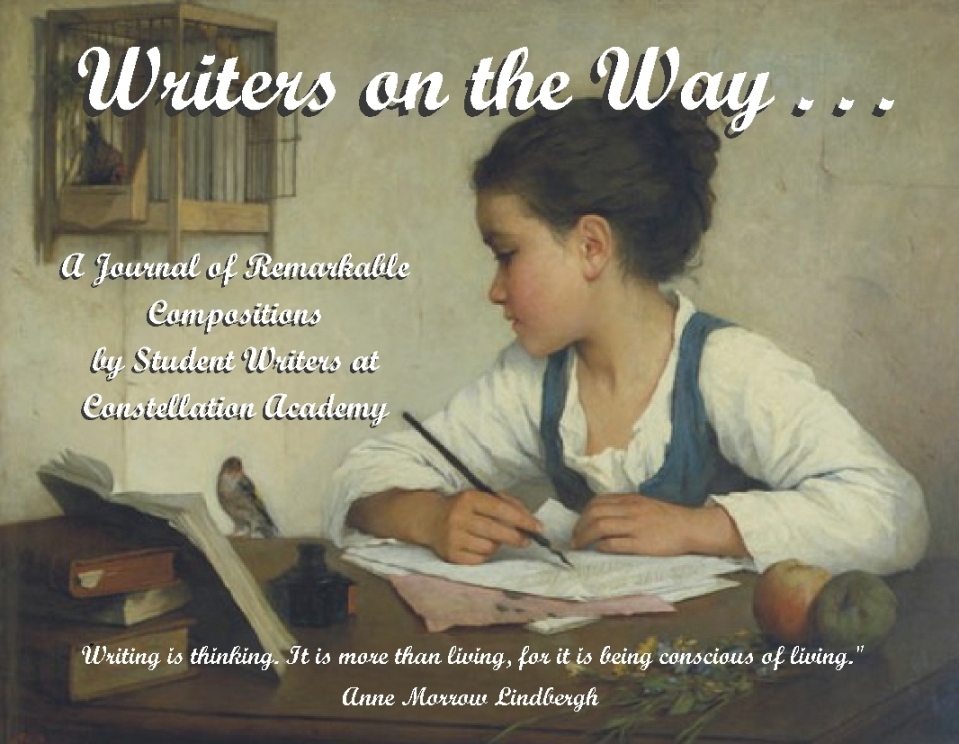One of our Medieval History study assignments recently involved the various herbs and spices used in the middle ages - the same that continued to be home grown and used in colonial times. For a project report on the topic, Tori visited the Hancock House garden and gathered samples of these herbs and spices, a display of which will be exhibited at the Constellation Academy Starshine Gala Exhibit Night coming up on December 14. In addition, she wrote an interesting composition on her herb explorations:
On Saturday, October 20, I went with my mom to the Hancock House. Our Civil War/Revolutionary War group was doing a Colonial Cooking Class.
After the class, Alicia Bjornson (Research Interpretive Specialist) helped me to pick some herbs and spices from the Colonial Garden. By the way, my sister Ali, recently refurbished the garden to its original state in the year 1734 for her Girl Scout Gold Award.
We picked a lot of herbs. I chose sage and lovage for my project. Sage is as good as any medicine today. In the Middle Ages people drank sage in tea. They also used it to treat colds, fevers, liver trouble, and epilepsy. It was useful against snakebites and would turn hair black.
According to the website, HistoricCamdenCounty.com, sage was a very important herb. It was "singular good for the head and braine; it quickeneth the senses, strengtheneth the sinews . . . and cleanseth the blood." "For teeming women, to helpe them the better forward in their childbearing." It is also useful in digesting rich foods. It may be added to vegetables, meats, eggs, breads, and vinegar. In the home it is an antiseptic cleaning solution.
The second herb I chose is lovage. The HistoricCamdenCounty.com website says it is another important herb. Distilled water of lovage "cleareth the sight and putteth away all spots . . .freckles . . . and redness of the face if they be washed there with." Lovage is an old pot herb. It is used in salads, soups, stocks, stews, cheeses, sauces, and to roast meats.
Loveage leaves look like celery. It may be added to bouquets. When used as a medicine, it is a diuretic and useful in treating cramps. Urinary tract infetions and wounds.
Sage and Lovage are both very important herbs now and during the Middle Ages. They both can be used medicinally and in foods. Sage could treat a cold, fever or liver trouble while enhancing meat or salads. Lovage can treat wounds while enhancing stews, cheeses or sauces. If these two herbs are put together just imagine what they could do.
Bravo, Tori! You can make me sage and lovage stew anytime!!
With ink in pen,
Miss Kathy







